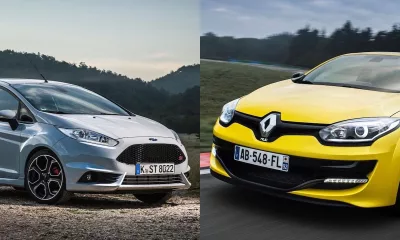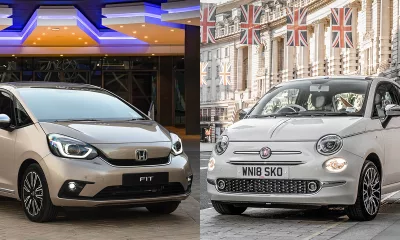The Hilux has been around since the 1970s, first in 1600 shape, then 1800 and 2000 and, in 1985, the 2200 was introduced and later the 2400. Also on offer were a 2,2-litre diesel (47 kW) and the 2,4-litre diesel that had a long lifespan from 1985 to 1996. This one produced 55 kW.
PACKAGING
We all know South Africans love their bakkies, most coming into their own for farm and commercial use but also for general family use. Naturally, for an elderly workhorse, the interior is spartan. It is also rather cramped but easy to clean. Rectangular headlamps and taillamps were standard issue at the time.
POWERTRAIN
The 2Y was the 1,8-litre; the 3Y, a 2,0-litre; and 4Y a 2,2-litre. Power outputs were 59, 64 and 70 kW respectively while the 2,4 had 55 kW. Interestingly, the diesel has 154 N.m of torque at 2 200 r/min but the petrol engine delivers 181 N.m at 3 000 r/min. This shows the design of the petrol engine is specifically developed to provide a high torque output at fairly low revs to suit the off-road and load-carrying work expected of bakkies. The petrol has an OHV head and the diesel an SOHC. Both versions use a five-speed gearbox and rear- or four-wheel drive with a transfer box.

SUSPENSION AND STEERING
Naturally, leaf springs at the back but in front, double wishbones and torsion bars were used. Steering used the vague but rugged recirculating ball without power assistance. Braking was a disc/drum setup with a load compensating valve for the back.
WHICH ONE TO GET
Any presentable one will do. The diesel will be a lot more economical. At a steady
100 km/h, our road tests show 8,52 L/100 km for the diesel and 11,27 for the petrol. Remember the diesels have glow plugs that need a good few seconds to warm up before starting. Sales were around 3 000 per year for the petrol but between 5 000-8 000 per year for the diesel.
AVAILABILITY AND PRICES
There will always be Hilux bakkies around for sale. Most have lived hard lives but they are unbreakable as can be seen by watching BBC’s Top Gear episode where they tried everything they could to destroy a Hilux but it still kept running. Prices are not cheap, purely because everyone knows how tough and useful they are. Our two examples prove this, as you might expect to get old model bakkies for under R20 000. Although many would have been driven into the ground, the sheer numbers sold means you should be able to find examples that will not require complete overhaul or restoration.

INTERESTING FACTS
Often classified ads do not give the mileage covered. This could be because of an overhauled engine, a particularly high mileage that may put potential buyers off or a speedometer that has been replaced. When it comes to Toyota bakkies and some cars, it seems mileage covered is not an issue; one of the ads we spotted revealed an example with well over one million kilometres under the belt.
Switching to the diesel versions mentioned above, the engine size went to 2,8-litre and finally 3,0-litre from 1998. This engine had a respectable (for a non-turbo) 67 kW.
By chance, I have just returned from a long trip in a Toyota Condor 3000D. This is a 2000 model with 350 000 km on the odo and we had five people plus a fully laden Venter in tow. It was a very capable vehicle with enough power to cruise sedately at 100 km/h before the engine gets too noisy. You get the impression it will run forever.
Model: Toyota Hilux 2200 4×4 0 to 100 km/h: 17,53 seconds Top speed: 143 km/h Fuel cons: 11,27 L/100 km
(at 100 km/h) Price: R25 140 CAR test: May 1987 (and four others)










